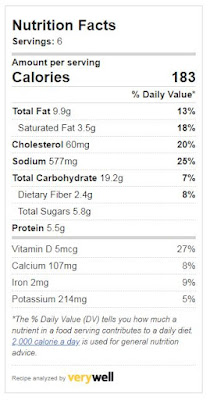I'm still a beginning pie baker and my grandma had no tips. She never learned to make crust and I've never been very good at it either. The 1940s baker could be economical and make pie crust from scratch but packaged pie crust mix was available. We may or may not have cheated.
This recipe is from Recipes for Good Eating (1944). The booklet suggested pre-making bulk crust mix and using as needed, as their recipe called for Crisco instead of butter and would not spoil in a container in the cupboard. The texture is less firm than modern pie but still has a good flavor.
Nearly 20 million Americans grew Victory Gardens to help with food shortages. The Us Department of Agriculture estimates that citizen growers grew over 40% of the vegetables grown in the US at the time. I was going to make a victory garden on the pie but it ended up being a big pumpkin patch, which is okay because pumpkins are easy to grow and feed a lot of people. The Victory Garden Handbook (1944) by the Pennsylvania State Council of Defense recommended them as a good source of Vitamin A, Thiamin, Calcium, Vitamin B and Iron. I recommend them because they are delicious.
World War II Pumpkin Pie Recipe
Ingredients:
- 1/2 Cup Sugar
- 1/2 teaspoon Salt
- 1 teaspoon Ginger
- 1 teaspoon Cinnamon
- 1/4 teaspoon Cloves
- 1 1/2 Cups Pumpkin Puree(canned or homemade)
- 2 Eggs
- 1 1/2 Cups Hot Milk
- Pie Crust
Instructions:
Preheat your oven to 425°F. Line your 9" pie pan with a crust.
In a mixing bowl, mix sugar, spices salt, pumpkin.
Beat the eggs and add them to the mix. Then stir in the hot milk.
Pour the mixture into your pie crust. Bake for 15 minutes
Reduce heat to 350 °F. and bake for 30 minutes or until done in the middle. Let cool in the open oven for 15 minutes, then on a counter for 4 hours. Drizzle with chopped nuts and honey before serving.
I baked the crust decorations on parchment paper in a separate pans. Modern custards that use heavy cream can hold decorations during baking but I didn't want to risk it here as the batter was very thin before baking.
Wee used a 0 calorie sweetener for a second pie. Here are the nutrition facts if you want to do that.
If you make this pie, I would love to see photos!
















